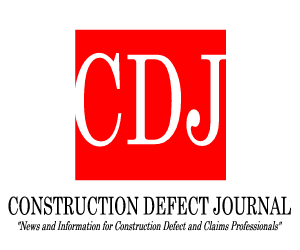
The construction industry is late to experiencing overall disruption.
If change is the only constant—as was famously observed by a Greek philosopher circa 500 B.C.—then why single out some changes as “disruption”?
Disruption is about more than just technology; it’s about more, even, than the rapid rollout and development of technology in the past couple of decades. The word disruption refers to processes or products that are fundamentally different from what is currently in use and that render unforeseen, large-scale changes. Early discussions of disruption (the term was coined by Harvard Business School professor Clayton M. Christensen in a 1995 Harvard Business Review article) compared incremental change in existing systems, which are usually supported by established corporations, to innovations that start out as something completely fresh, limited in their appeal and flawed in initial iterations.
The construction industry was—and still is—late to adopt most technologies and late in experiencing overall disruption. It also lags behind other industries when it comes to efficiency and productivity. McKinsey reported that construction is one of the “least digitized industries in the world,” despite employing approximately 7% of the world’s working-age population and representing one of the world economy’s largest sectors. Disruption is likely to be fast approaching now, even for the construction industry. But its delay may confer the benefit of allowing construction companies to learn from other industries’ mistakes.
Reprinted courtesy of Brian Gallagher, Construction Executive, a publication of Associated Builders and Contractors. All rights reserved.




